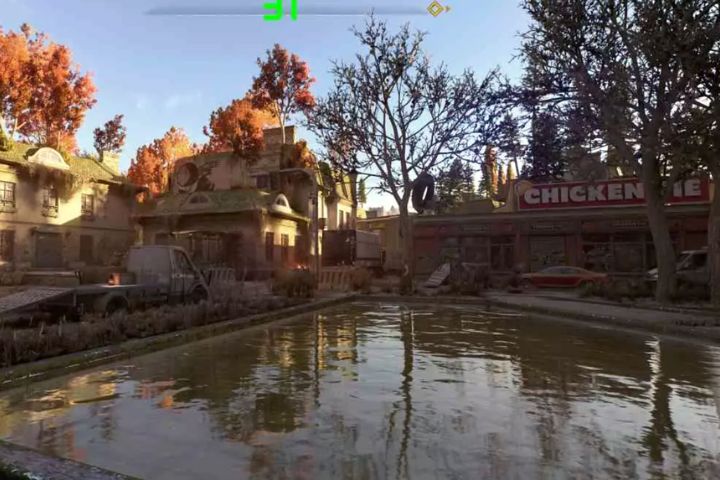Should I Use FSR Or DLSS Technology In Ray Traced Games?

The emergence of automatic resolution upscaling techniques has been the talk of the town in recent months. With few changes in the games and through a series of processes it is possible to achieve higher speed in the games without having to invest more in the hardware. Another improvement is ray tracing. How do DLSS and FSR get along with Ray Tracing and what is their relationship to each other?
The marketing premise of so-called automatic upscaling techniques, such as NVIDIA’s DLSS, AMD’s FSR, and Intel’s XeSS, is to be able to get more frames at certain resolutions. That is, the refresh rate increases and the game seems more fluid. However, the existence of these techniques rather responds to a need that has been created by implementing Ray Tracing techniques in games. The objective? Making it take less power to render the same scene, but Ray Tracing and resolution are very closely related.
Table of Contents
Ray Tracing Versus Rasterization
Under these two strange names we refer to the general protocols and methodology with which graphics cards generate 3D graphics. We are not going to go into the deep details of each one of them, but go to their simplest advantages and disadvantages.
Historically, we have always used the rasterization algorithm that works from each polygon on the screen. That is why, although today this rate of return is no longer used, for a long time the number of polygons per second was a way of measuring the performance of graphics.
Thus, 3D video games began with low polygons and have been increasing in detail ever since. This is what makes this method the most used in video games, it is extremely fast because the number of polygons in an image is always less than the number of pixels.
On the other hand, Ray Tracing is different, rather it is the reverse, since it is calculated for each pixel on the screen. The worst of all is that it cannot process if there is an object in that pixel or not. That is why you need to create a data structure that informs you of the position of the objects. Which if we are rendering a frame for the cinema is not a problem, since the system will have this information beforehand, but not in a video game.
Hybrid Rendering
The trick to apply Ray Tracing in video games is to eliminate the visibility problem by first creating a scene through rasterization in order to create the database that the machine will use to know what each pixel contains. At the same time, this will serve so that certain pixels that have nothing are not checked. Once the information is obtained, the scene is not generated again through Ray Tracing, but rather it is used to solve some visual problems that rasterization cannot solve precisely.
Ray tracing has appeared in video games due to the fact that rasterization-based post-processing effects cannot properly process effects such as reflections on objects, shadow generation, ambient occlusion and, in general, everything that is generated by various light bounces off an object, since it does not calculate the path of the light. These effects are called Screen Space Effects or effects at the screen level and are post-processing and are made with the image already generated.
Hybrid rendering goes further, taking a raster-generated image and database about the position of objects in the scene to more accurately apply those visual effects and create more visually accurate renderings. As you may have guessed, we depend on the number of pixels on the screen.
Ray Tracing Along With DLSS And FSR
As you may have concluded from the previous sections, the objective is none other than to reduce the number of pixels on which the ray tracing is applied and thereby reduce the time needed to generate each of the frames. So DLSS or FSR will be applied after Ray Tracing. The problem is that within the time of each frame a margin time is needed to perform such techniques. The key is that ray tracing takes so much power that in some cases you can’t get resolutions as high as using rasterization alone. Although rather it is lack of power of current graphics.
The other problem is the fact that using DLSS or FSR with Ray Tracing could destroy the image information. Therefore, from the point of view of visual fidelity, the combination of the three techniques does not seem the most appropriate. What’s more, the game’s programmers have to decide whether to make them compatible or not. Since the end result may not be as expected. In any case, it is one of the pending issues for both NVIDIA and AMD and, therefore, its application will depend on each game.






